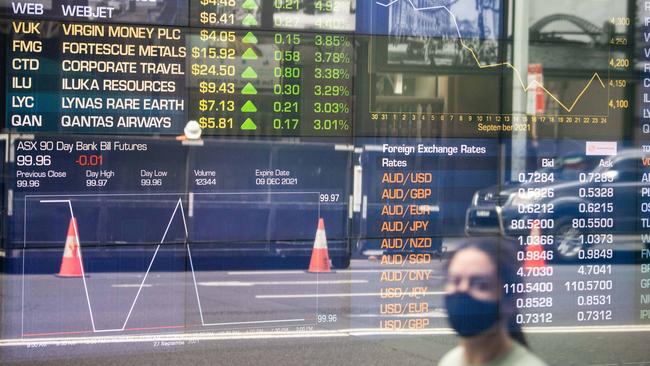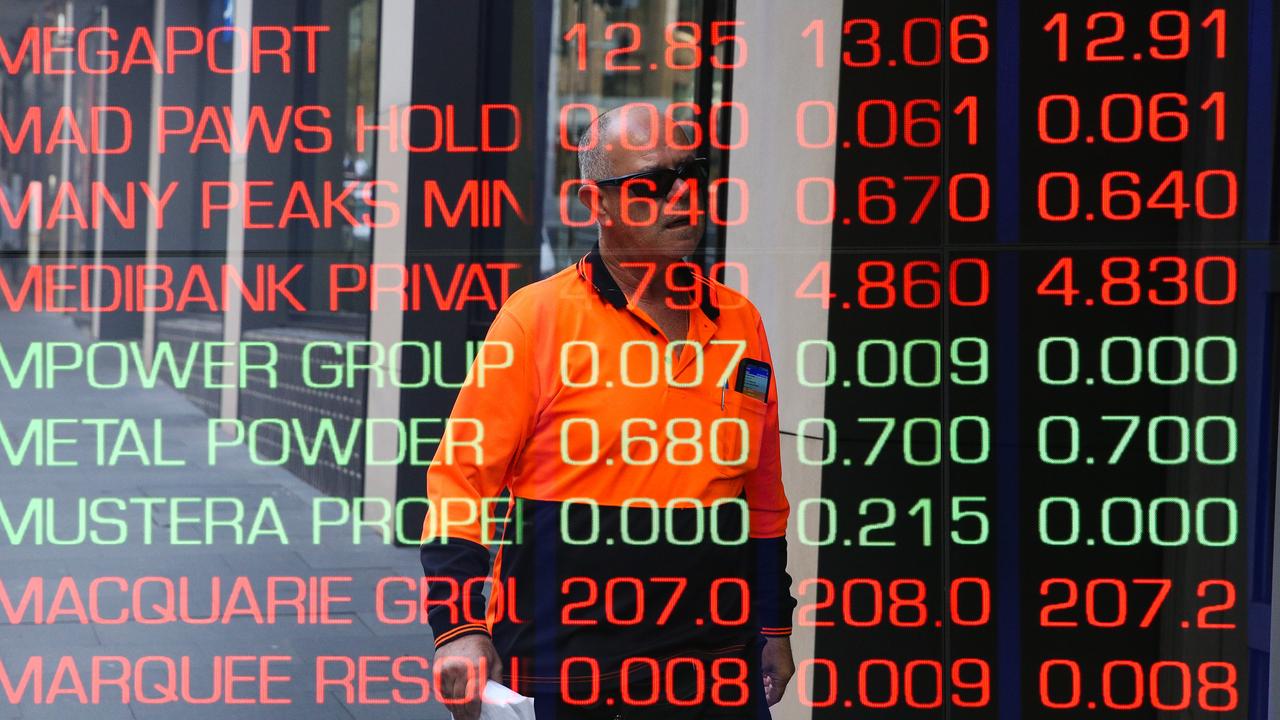Lurking risks give reason for caution: it may be time to take profits after ‘Santa rally’
A strong rise in shares is giving investors a chance to take some risk off the table.

A strong rise in shares is giving investors a chance to take some risk off the table.
The US decision to halve the isolation time for Covid-19 seemed positive as it eased pressure on the workforce and supply chains. It appeared to offset news of surging case numbers over the weekend.
But while it showed how the world might start to “live with Covid-19” it also showed the potential for the fast-spreading Omicron variant to cripple already-broken supply chains and prolong the burst of inflation which the Federal Reserve has stopped calling “transitory”.
It may be that Omicron is the beginning of the end of Covid, since it appears to be less virulent and may be a dominant strain that leads to a lasting “herd immunity”, but it’s hard to know how long this process will take and how much damage will be done to the economy in the meantime.
The Fed has doubled the pace of QE tapering in the space of a couple of months and persistent inflation could accelerate rate hikes and balance sheet normalisation once QE ends in March.
Some say a “Santa Claus” rally like the one we have seen is a sign of a “healthy” sharemarket. However, it comes after an exceptionally strong rise from the March 2020 lows.
To the extent that the recent rise is “seasonal”, it might be taken as a chance lock in some profits.
The S&P 500 was up 5.8 per cent from last week’s low and had risen 5 per cent this month alone. It was up 28 per cent year-to-date after a 16 per cent gain in calendar 2020, and has bounced 119 per cent from its post-Covid low, mainly due to the unprecedented stimulus which is now being withdrawn.
Australia’s S&P/ASX 200 had bounced 3.4 per cent from last week’s low and was up a similar amount for the month. Its year-to-date rise was about 14 per cent after a slight fall in 2021. The ASX 200 is up 70 per cent from its post-Covid low but has stalled since August.
A 102 per cent rise in the MSCI All Country World Index from its post-Covid low was “an absolutely extraordinary rally” considering corporate earnings per share have only risen by around 25 per cent, says Matt Sherwood, head of investment strategy, Multi asset, at Perpetual.
“A price-earnings differential at the start of a cycle is not unusual, but this differential is around three-times larger than what it traditionally is and at some stage, prices and earnings growth will realign themselves,” he says.
“People have had phenomenally amazing returns considering that the global economy experienced its deepest recession in 75 years, and that was due to a combination of stimulus, reopening, vaccines and the fact that the recession was not overly long, though it was deep.”
Like most forecasters, he expects a normalisation of earnings growth and central bank policy.
“We tend to think a more cautious approach is warranted on an asset allocation basis,” he says.
The tailwinds have been very low interest rates and generous government stimulus as well as a good bounce in corporate earnings, but they have already started to unwind. The Fed is set to end its QE in March and a “fiscal cliff” looming for the US in the second is half of the year.
“That’s going to collide with a market that’s priced for perfection,” Sherwood says.
Whether it’s the OECD Leading Indicator, the US ISM manufacturing index or the China credit impulse, lead indicators show global economic conditions are already starting to flatten out.
“Central banks are starting to say they are going to normalise policy,” Sherwood says.
There are now only a couple of central banks among advanced economies that haven’t started to trim their asset purchases and some have already started lifting interest rates.
Sherwood thinks in the first half of 2022 the expansion of central bank balance sheets since the pandemic will cease and the timeline for rate hikes will be clearer.
That will come amid less fiscal stimulus globally with the US in particular facing a “huge fiscal cliff” in the second half of 2022, even if President Biden manages to pass his Build Back Better plan.
China has been trimming its reserve requirement ratios and key interest rates amid expectations of a slowdown caused by the near collapse of its biggest property developer.
But Sherwood doesn’t see any “big bang” stimulus coming out of China at this point.
“There will be some increase in local government infrastructure spending to offset the housing construction downturn, but I don’t think China is going to repeat the mistakes they made in 2010 and 2011 when they went for a huge surge in leverage,” he says.
“China is structurally slowing, President Xi is more interested in the distribution of growth and he’s reducing balance sheet risk by deflating the housing bubble: in the long run that’s a good thing.”
In Australia, Sherwood expects consumer spending to see a “short-lived boost” as savings fall from recent high levels around 20 per cent as Covid restrictions ease.
The biggest boost to household income will come from a recovering labour market and some wages growth but that will be challenged by cost inflation.
The conclusion is that returns are likely to be relative to what has been seen since March 2020.
“When valuations are low and the economy is recovering and interest rates are low, investors really need to increase their risk allocation, but there are other times when investors need to protect returns and increase the defensiveness of their portfolios,” Sherwood says.
“We think the latter applies in 2022 because earnings growth will be anaemic, interest rates are likely to rise at the short and long end of the yield curve and that will lead to lower valuations.”







To join the conversation, please log in. Don't have an account? Register
Join the conversation, you are commenting as Logout